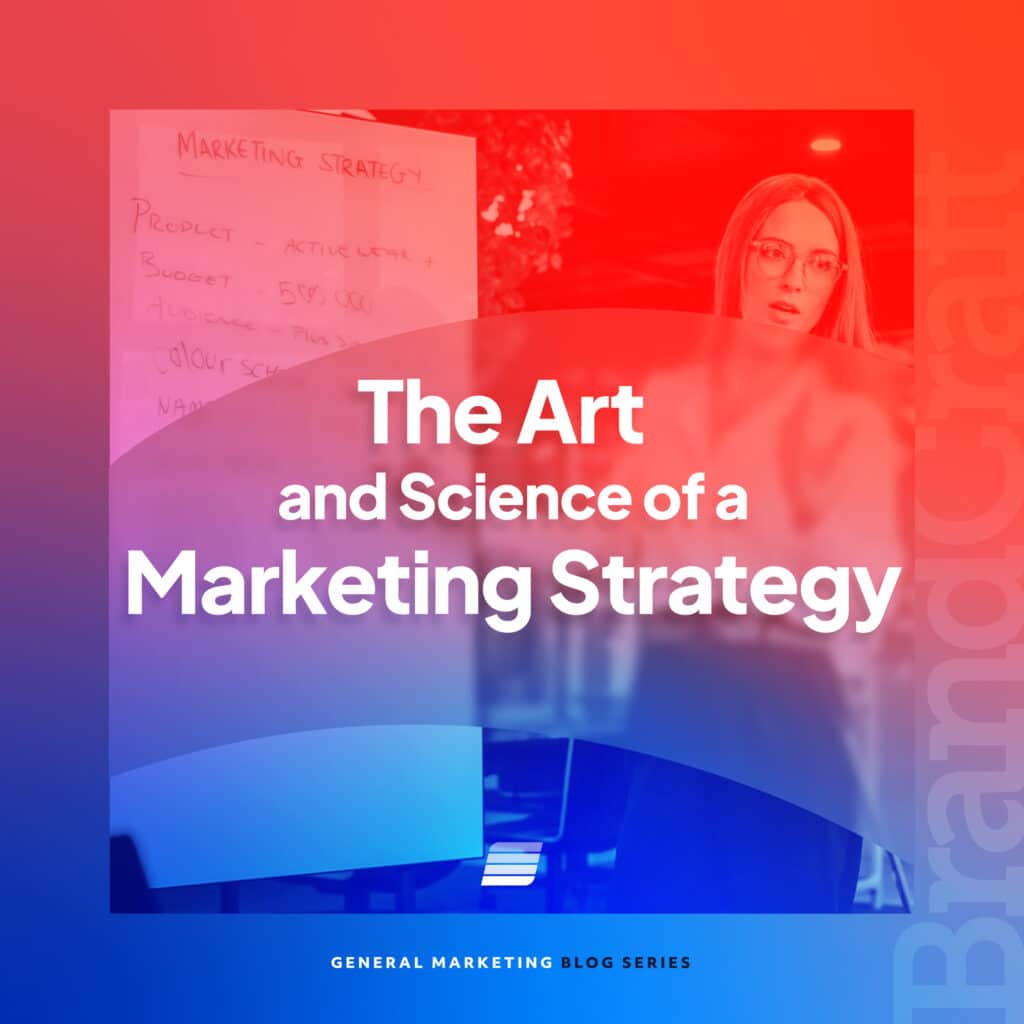Google Continues to Push Automation Agenda With Responsive Search Ads as Expanded Text Ads Phase Out
October 14, 2021

Less than one year from now, the ad copy structure in our Google Ads accounts will look drastically different than it does today. As you may have noticed in recent months, Google has continuously pushed toward more and more automation.
That said, it shouldn’t come as a huge surprise that Google recently announced that they will be sunsetting one of the most beloved ad types.
On August 31, 2021, Google Ads announced that they will begin phasing out the expanded text ads (ETAs) starting on June 30, 2022. While this might be upsetting to many digital marketers who like to have more control over their campaigns, there were several instances where Google foreshadowed this event over the last year.
However, it wasn’t until February 2021 that Google no longer allowed users to create expanded text ads from the ad creation menu and seemingly hid the option to do so. This was the ultimate foreshadowing of the ETAs’ slow demise.

Upon first glance, it looks as though Google has already phased out the ETAs as we now only see the options to create responsive search ads (RSAs) and call-only ads.
However, when we click into the responsive search ad setup, Google still gives the option to switch back to the expanded text ads, as seen here highlighted in red. (Thanks, Google, for continually trying to make our jobs more difficult.)

Expanded Text Ads vs. Responsive Search Ads
Before we go into what this change really means, we should quickly define what expanded text ads and responsive search ads are, how they are similar, and how they differ.
ETAs
- More control
- 3 descriptions
- 2 headlines
- Consistent messaging
- Lower relevancy potential
- Update ads more often
RSAs
- Rely on automation
- Less control
- Up to 15 headlines
- Up to 4 descriptions
- Take more time to create
- Higher relevancy potential
Similarities
- Look the same on SERPs
- Function in the same way
- Keyword and CTA tactics
- Dynamic headline usage
- Need both in all ad groups
- Relevancy is key
While we know there are some similarities between the two ad types, those who have been accustomed to utilizing ETAs and RSAs in tandem as a best practice within their ad groups will have to hit the drawing board and update their ad copy and strategy to stay competitive in the ever-changing Google PPC environment.
What is happening to the ETAs?
Now that RSAs are the new Google Ads default, what is happening to our beloved ETAs? While expanded text ads are not completely going away, Google has announced that we can no longer create or edit these ad types.
Essentially, this means that you can continue to run your ETAs with no expected performance dips, but you will not be able to make any changes to them after June 22, 2022. This may seem like a saving grace, but it may not be anything more than Google foreshadowing once again that ETAs are vanishing for good.
While we can do all the ad stacking in our ad groups that we want and try to find as many combinations to use as we possibly can, the Google Ads ETA will no longer be the same.
Things to consider when creating ETAs
Take this into consideration:
- Landing page changes can’t be reflected on the ETA ad copy.
- New service updates can’t be reflected in the ETAs.
- Your URLs must stay the same, even if you update them on your end.
- No updates based on seasonality can be made.
As marketers, we know how fast-paced our optimizations can be and that there is always something to change. There are multiple things that can happen that encourage us to make adjustments to our ads, and now, we will only be able to do that in Google responsive search ads.
Eventually, no matter how many expanded text ads you stack up in your ad groups, there will be something that needs to be changed that will no longer be editable. It is inevitable, no matter how hard we push back, that we will soon need to rely on responsive search ads to drive performance.
In my professional opinion, it won’t be much longer that ETAs will be completely irrelevant, whether you have them in your ad groups or not.
How do we respond to the change?
Responding to the change is simple. We need to continue to comply with what Google has to offer, so the best way to respond to the change is to maximize what we can get out of responsive search ads.
While it is typically agreed that most marketers will try to get the most out of expanded text ads, it will become even more imperative that responsive search ads are optimized to the fullest.
Overcoming the ETA demise is as simple as making sure we use standard best practices when creating responsive search ads. Here are our Google advertising agency’s suggestions:
- Utilize keywords from the account in your headlines.
- Pull content directly from the landing page for headlines and descriptions to increase ad strength and relevancy.
- Make sure your headlines are unique.
- Know when to use short headlines vs. long headlines.
- Highlight as many benefits, services, or products as you can.
- Write similar variations of the same headline, and use different calls-to-action.
- Pin one or two headlines that you always want shown in a certain position.
- Utilize all four of the ad descriptions.
- Unless pinned, make sure all headlines and descriptions make sense in any order they are shown.
- Continue to run A/B testing to find out which ad variations are the most successful in driving leads and/or sales.
Conclusion
As Google continues to push toward increased automation, we must keep pushing forward and adapting how we go about our day-to-day and monthly ad copy optimizations.
Remember to always test your ad copy to find out which headline and description combinations drive the best performance while continuing to maintain your current optimization schedule for all other aspects of your Google Ads campaigns.
Although this change from Google is not the most popular update Google has announced, it is far from the last. That said, a proper send-off for expanded text ads is in order, so without further ado, we thank you, ETA, for being one of the best lead-driving components of our Google Ads for the last several years. You will be missed.
Looking for a Google advertising agency to help you navigate the many changes with Google Ads? BrandCraft offers all the services you need. Contact us today to schedule a free consultation.







